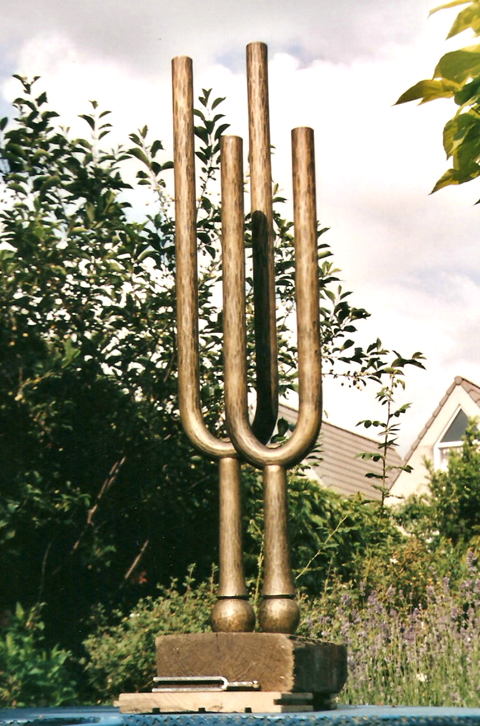ScienceDaily (Sep. 22, 2011) — Stimulating a
specific region of the brain leads to the production of new brain cells that
enhance memory, according to an animal study in the September 21 issue of
The Journal of Neuroscience. The findings show how deep brain
stimulation (DBS) — a clinical intervention that delivers electrical pulses to
targeted areas of the brain — may work to improve cognition. Read more.
About the Bioelectronics blog
In this weblog you can find the latest information on ongoing activities in and contributions by the Section Bioelectronics of Delft University of Technology. In this group we are working on Biosensors, Organs on Chip, Flexible Implants, Artificial Retinas, Spinal-Cord Implants, Medical Body-Area Networks, Energy Harvesting, Neurosensing Devices, Neurostimulators, Electroceuticals and Bioelectronic Medicines
-
Recent Posts
Categories
- Bioelectronic Medicine (9)
- Brain-Machine Interfaces (32)
- Education (60)
- Electronics (56)
- Energy Harvesting (16)
- General (253)
- Implantables (9)
- Medical Body Area Networks (15)
- Music (5)
- Neonatology (9)
- Neurostimulation and Neuromodulation (71)
- Pacemakers (16)
- Technology for Neuroscience (1)
- Understanding the Brain (67)
- Wearables (3)
Archive
Meta
Disclaimer
De meningen ge-uit door medewerkers en studenten van de TU Delft en de commentaren die zijn gegeven reflecteren niet perse de mening(en) van de TU Delft. De TU Delft is dan ook niet verantwoordelijk voor de inhoud van hetgeen op de TU Delft weblogs zichtbaar is. Wel vindt de TU Delft het belangrijk - en ook waarde toevoegend - dat medewerkers en studenten op deze, door de TU Delft gefaciliteerde, omgeving hun mening kunnen geven.

 The paper "
The paper " PSSST! Mark your calendar!
PSSST! Mark your calendar! In the Proceedings of the Royal Society B (Biology) of August 10, 2011, interested readers can read in an
In the Proceedings of the Royal Society B (Biology) of August 10, 2011, interested readers can read in an  Today, the Telegraaf and
Today, the Telegraaf and  Researchers at the Max Planck Institute and Cornell University have come up with a low-energy pulse sequence to
Researchers at the Max Planck Institute and Cornell University have come up with a low-energy pulse sequence to Senad and June been working very hard on a first proof-of-principle of a Tinnitus detector circuit. Such a circuit should allow for detection of the spatial properties of tinnitus and give objective information on its severity. This could, in turn, lead to more refined or adjusted stimulation therapies. Don’t sell your mother for it, yet, but expectations are high. The findings will be worked out in a manuscript, to be submitted to the annual BioCAS Conference today.
Senad and June been working very hard on a first proof-of-principle of a Tinnitus detector circuit. Such a circuit should allow for detection of the spatial properties of tinnitus and give objective information on its severity. This could, in turn, lead to more refined or adjusted stimulation therapies. Don’t sell your mother for it, yet, but expectations are high. The findings will be worked out in a manuscript, to be submitted to the annual BioCAS Conference today.  Last Tuesday I saw an excerpt of an interesting episode on Dutch television about what happens with the human brain when it ages and in particular what happens with it in the unfortunate situation of Alzheimer’s disease. This episode, presented by the well-known and charming Dutch news presenter
Last Tuesday I saw an excerpt of an interesting episode on Dutch television about what happens with the human brain when it ages and in particular what happens with it in the unfortunate situation of Alzheimer’s disease. This episode, presented by the well-known and charming Dutch news presenter